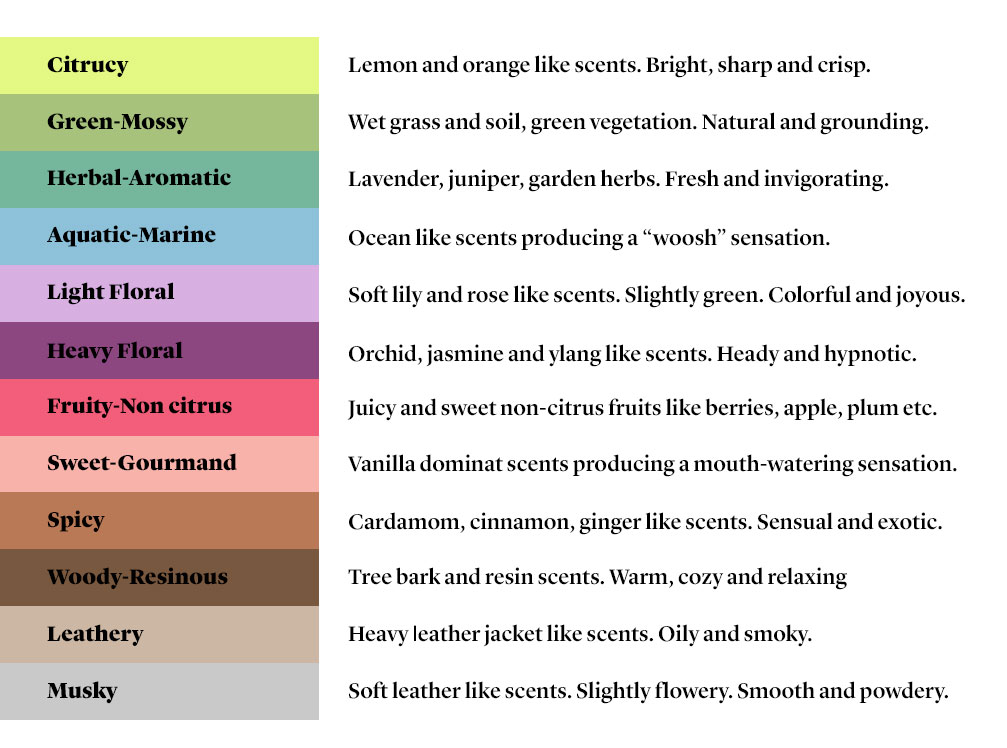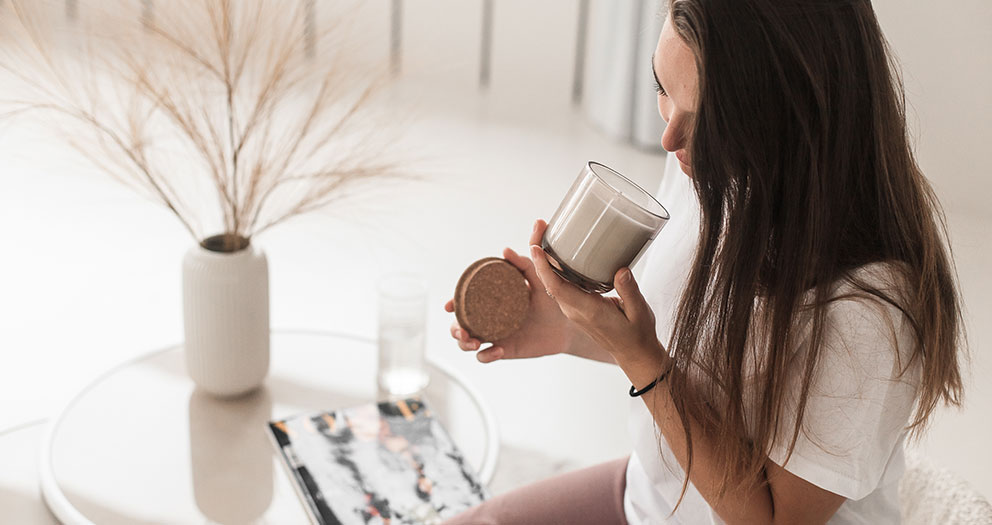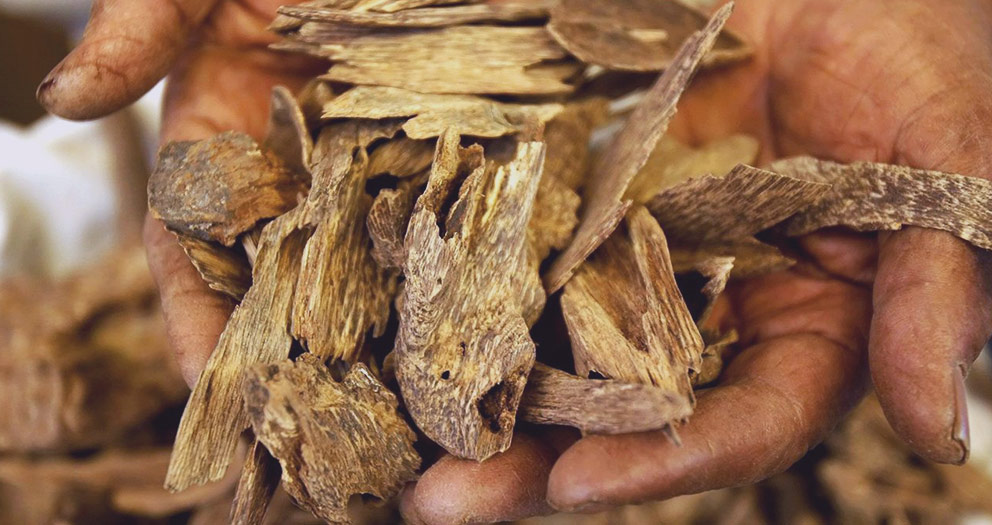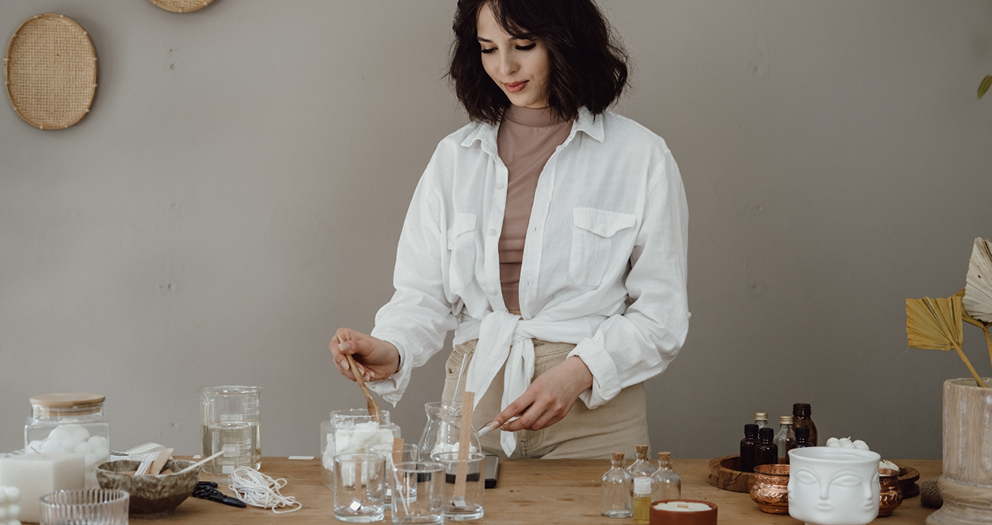All fragrances, even the simplest ones, are comprised by several different properties which create a unique scent signature. These properties make up its so-called scent profile which helps a lot when choosing for the right fragrance for your scented creations. And we know how hard it can be, try as we may to describe to the best of our abilities a scent’s output, when there’s so much subjectivity in the matter.
Surely, we can include in all our descriptions every single note that goes on the upper part (top), the middle (heart) and the base of a fragrance. And it may be extremely helpful for some experienced noses out there. But what about a fragrance’s general make-up? What sensation should you expect from it? What does it actually smell like?
The scent profile coding system
We came up with a simple visual representation of what you can expect from buying one of our fragrances, by colour coding each of the 12 main scent categories. It only takes some basic knowledge of a handful of principal olfactory notes and you will be able to tell if this is what you are looking for in a glimpse.
Firstly, let’s break down these 12 colour codes of each scent category and the sensation they produce.

The color system as a percentage bar
We have our scents coded down, now let us combine them to create a scent profile for each fragrance. And the best way to do that is by creating a simple percentage bar that will display every scent category on a specific fragrance with its respective percentage content.
For example, let’s take Black Vanilla fragrance oil (#20440). This fragrance is made with pink pepper, bergamot, orange blossom and mandarine at the top notes, cyclamen, orchid, lily and clove in the middle notes, and closing with sandalwood, amber, vanilla and musk. And its scent profile bar would look like this:

We can already tell that this fragrance is very sweet (vanilla dominant), a bit spicy (which makes it warm and sensual) and quite a bit flowery (on the heavy floral side). Sweet, seductive and hypnotic. Sound like a very good candidate for an oriental smelling candle!
Let’s take another example. Pearl Tuberose fragrance oil (#20380). What can you make of its color coding below? (No cheating!):

Yes, its a heavy floral, almost dazzling in smell, but with a joyful fruity kick and a powdery base. Smells like promise for endless love to us!
We hope our color coding system will serve you well in your quest of finding the right fragrance for all your scented creations.







Write a comment
Your email address will not be published. All fields are required